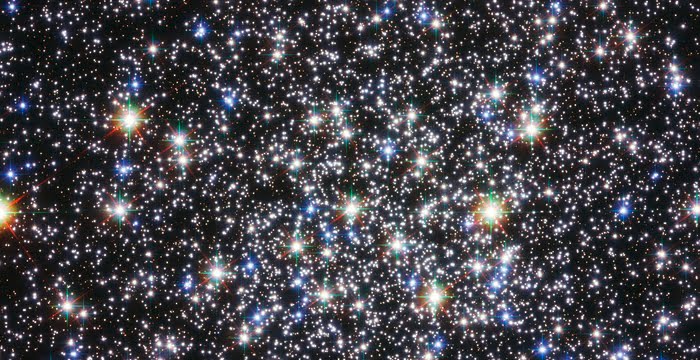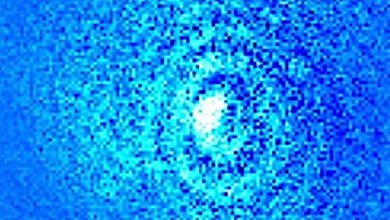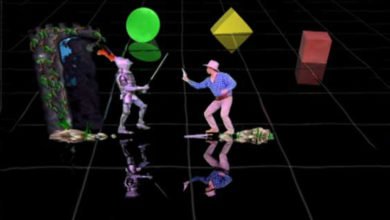
I’ve written about Nick Bostrom’s simulation hypothesis, and individuals such as Frank Tipler, who believe post-humans will create a universal simulation that will, in essence, grant us virtual immortality. You can read about both ideas in the article Simulated Reality At The End Of The Universe.
We’ve even looked at the research of superstring theorist Dr. Jim Gates, who has found traces of computer code within some of the equations that explain our universe. Check out Are We Living In The Matrix for more on that.
However, the strange thing about all of this is that scientists are already able to simulate bits and pieces of the universe using existing supercomputers. Even modern video games can replicate characteristics of the physical universe, in a way.
These aren’t grand, universal simulations, of course. But they’re very small, simulated slices of the universe that are often fundamentally indistinguishable from the real thing. It’s been done, and it will continue to be done as supercomputers advance in power and capability. We’ll continue to simulate larger and larger regions of space-time.
This has obviously raised questions we’ve already approached: Will we reach a point at which we’ll be able to simulate the entire universe? Is it possible that we exist within a computer simulation?
Now, scientists at the University of Bonn in Germany believe there’s a way we can find out.
The Hunt For Simulated Truth

These scientists, led by Silas Beane, believe they can determine if our universe is consistent with the characteristics of a computer simulation by searching for hints of an underlying three-dimensional lattice — a grid or framework — and the limits imposed by such a simulation.
Thinking back to the simulations we already run, there are always limitations, particularly in regards to the resources required to run them. These limitations may come in the form of the amount of energy certain particles have within the simulation. So, searching for such limitations within our own universe could reveal it to be a cosmic facade. A fake.
One potential culprit would be the Greisen-Zatsepin-Kuzmin limit (or GZK limit), which is a “theoretical upper limit on the energy of cosmic rays.” Something like this, according to Beane, could be the telltale sign of a simulated universe.
However, Beane also suggests that the cosmic rays would “exhibit cubic symmetry in the rest frame of the lattice, deviating significantly from isotropy.” They’d travel along the axes of the lattice, something we’d also be able to detect.
Not So Fast, Science

Of course, we have to keep in mind that this idea hinges on a lot of assumptions.
For one, the GZK limit is theoretical.
For another, our universe appears to be one of order and logical limits, and may even be finite. There’s no reason there can’t be natural limitations, such as the speed of light. Limitations on energy don’t necessarily prove anything.
Finally, even if scientists don’t find this limit, it could just be that we don’t live within a simulation of this kind. We may live within a simulation of a different set of variables or dimensions. It’s also possible that there could be certain programming within the simulation to hide any predictable effects.
However, this is an interesting step toward investigating these bizarre possibilities.
What would life be like if we discovered it were true? That nothing is real? How would this affect our worldview? Our religions? I imagine it would almost be like hitting a ceiling, knowing that no matter how much you learn, or how far you travel, you’ll never “escape” the simulation itself.
What is real, anyway? I suppose you could then ask.






